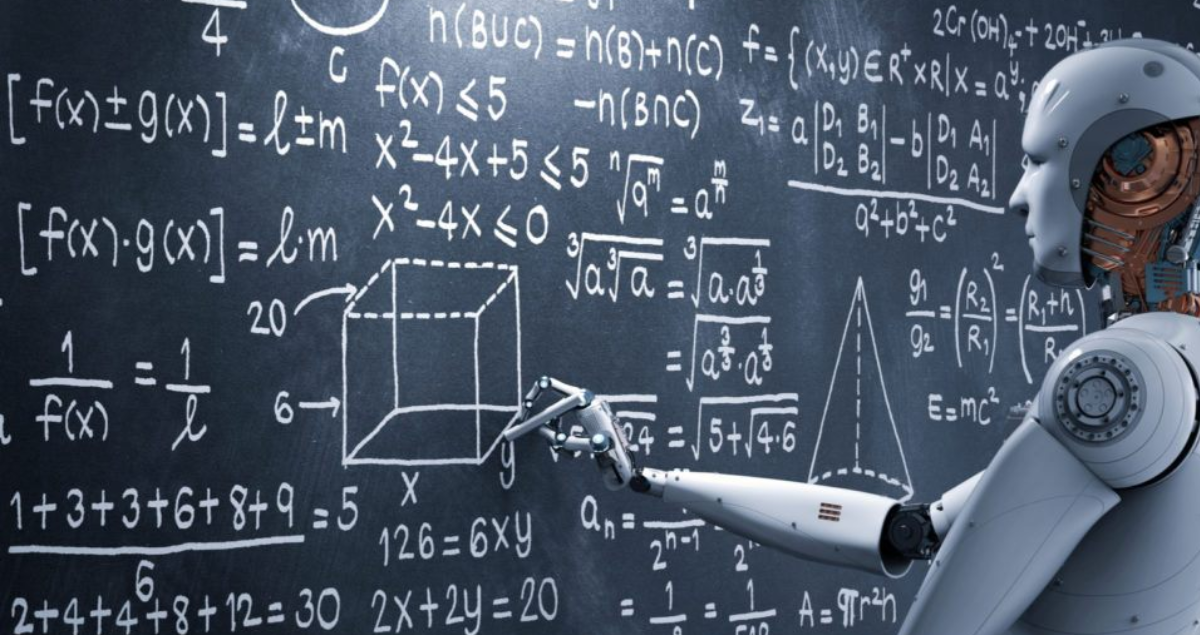The integration of Artificial Intelligence (AI) into education has become one of the most transformative trends in the 21st century. From personalized learning paths to automated grading, AI is not just enhancing how students learn but also how teachers teach, how institutions operate, and how education systems evolve. This article explores the many ways AI is revolutionizing education, the benefits and challenges it brings, and what the future of learning may look like.
Understanding AI In Education
What Is Artificial Intelligence?

Artificial Intelligence refers to the simulation of human intelligence by machines. In education, AI systems are designed to analyze data, identify patterns, and make decisions that would typically require human intelligence.
The Role of AI in Modern Learning Environments
AI in education involves using machine learning algorithms and data-driven platforms to enhance learning outcomes. These systems adapt content, pace, and instructional methods to suit the individual needs of each learner.
Key Applications of AI In Education
Personalized Learning Experiences
One of the most impactful uses of AI is personalized learning. AI-powered platforms analyze a student’s learning style, pace, strengths, and weaknesses to tailor course content accordingly.
Examples:
- Recommending additional resources based on weak areas
- Adjusting quiz difficulty based on performance
- Adaptive learning paths that evolve in real-time
Intelligent Tutoring Systems
AI-based intelligent tutoring systems provide students with real-time support, much like a human tutor. These systems can answer questions, explain concepts, and even detect when a student is confused.
Popular examples:
- Carnegie Learning
- Knewton
- Squirrel AI
Automated Administrative Tasks
Teachers and institutions benefit from AI by automating time-consuming tasks such as:
- Grading essays and exams
- Scheduling classes and meetings
- Monitoring student attendance and behavior
This allows educators to focus more on teaching and student engagement.
Smart Content Creation
AI can generate educational content, such as quizzes, flashcards, summaries, and even practice exams, using Natural Language Processing (NLP). This technology helps:
- Convert lectures into bite-sized study material
- Translate content into different languages
- Make textbooks more interactive
Virtual Classrooms and Chatbots
AI-powered chatbots and virtual assistants provide 24/7 support for students, answering common questions and guiding them through course navigation.
Benefits:
- Reduced dependency on human support staff
- Instant resolution of doubts
- Enhanced student engagement
Benefits of AI in Education
Enhancing Learning Outcomes

By offering customized learning, AI boosts comprehension and retention rates. It ensures that no student is left behind by adapting to individual needs.
Bridging Educational Gaps
AI tools can be deployed in remote and underserved areas, giving students access to quality education even when qualified teachers are scarce.
Improving Teacher Efficiency
Educators can focus on interactive and creative teaching while AI handles repetitive administrative tasks. AI also offers insights into student progress, helping teachers identify those who need additional help.
24/7 Learning Opportunities
With AI-enabled platforms, students can learn anytime, anywhere. This flexibility supports working professionals, adult learners, and students in different time zones.
Data-Driven Insights
AI systems collect and analyze vast amounts of data. These insights help:
- Improve curriculum design
- Identify learning trends
- Predict future academic performance
Challenges and Concerns of AI in Education
Data Privacy and Security
AI relies heavily on personal data. Ensuring student data privacy and preventing misuse is a major concern.
Key issues:
- Unauthorized data access
- Lack of transparency in data usage
- Compliance with privacy laws like GDPR and FERPA
Equity and Accessibility
Not all students have equal access to digital devices or high-speed internet. AI-based learning platforms can widen the digital divide if not implemented inclusively.
Dependence on Technology
Excessive reliance on AI may hinder social development and critical thinking. Human interaction is still vital for emotional and psychological growth.
Teacher Resistance and Training
Some educators are hesitant to embrace AI due to lack of training or fear of being replaced. Institutions must provide adequate professional development programs.
Future Trends: What Lies Ahead?

AI-Powered Learning Analytics
Future AI systems will not only monitor academic progress but also analyze emotional and cognitive engagement using eye tracking, facial recognition, and sentiment analysis.
Gamification and AR/VR Integration
Combining AI with gamification and virtual reality will make learning more interactive, immersive, and enjoyable.
Potential uses:
- Virtual science labs
- AI-powered role-playing simulations
- Real-time language practice with AI avatars
Blockchain and Credentialing
AI combined with blockchain can verify educational records, prevent fraud, and support lifelong learning through verified micro-credentials.
AI in Lifelong Learning
With rapidly changing industries, adults will need continuous upskilling. AI will play a major role in designing personalized lifelong learning journeys for professionals.
Real-World Examples of AI in Education
1. Duolingo
Uses AI to personalize language learning and recommend practice exercises based on past performance.
2. Coursera & edX
Leverage AI to adapt course suggestions, grading, and learner support.
3. BYJU’S
An Indian edtech platform that integrates AI to deliver tailored video lessons and quizzes.
4. IBM Watson Education
Helps educators analyze student data and suggest custom teaching strategies.
How Institutions Can Embrace AI Effectively
Step 1: Start Small
Begin with automating administrative processes or using chatbots for student queries before implementing advanced AI systems.
Step 2: Train Educators
Offer training programs for teachers to help them understand and use AI tools effectively.
Step 3: Ensure Ethical Use
Set policies around data privacy, consent, and responsible AI usage.
Step 4: Measure and Monitor
Use analytics to track how AI is impacting student outcomes and teacher productivity.
Also Read : How Civic Education Prepares Youth For Real-world Engagement
Conclusion
Artificial Intelligence is undoubtedly transforming the educational landscape. From enhancing learning experiences to simplifying administrative workloads, AI is proving to be a powerful ally in education. However, like any technology, it must be used responsibly and inclusively. The goal is not to replace human educators, but to empower them, making learning more accessible, personalized, and effective for all. As we move forward, embracing AI in education could be the key to building smarter, more efficient, and more inclusive learning systems.
FAQs
1. Can AI replace teachers in the future?
No, AI is designed to assist, not replace, teachers. Human interaction, empathy, and critical thinking remain essential in education.
2. Is AI safe to use in education?
When implemented responsibly with data protection measures, AI is generally safe. Institutions should follow strict privacy and ethical guidelines.
3. What skills are needed to use AI in the classroom?
Basic digital literacy, familiarity with AI tools, and openness to technology adoption are key. Professional training programs can help teachers upskill.
4. How does AI personalize learning?
AI tracks student behavior, performance, and preferences to adjust content, pacing, and instructional methods for each learner.
5. Are AI tools expensive for schools?
Costs vary. Some tools are affordable or offer free versions for educators. Governments and NGOs are also stepping in to fund edtech solutions.





